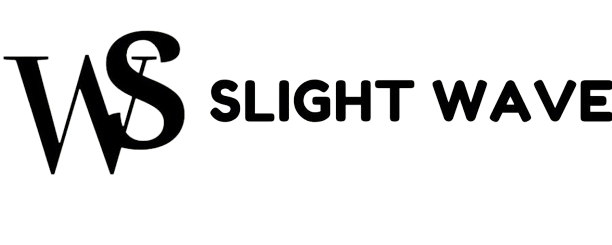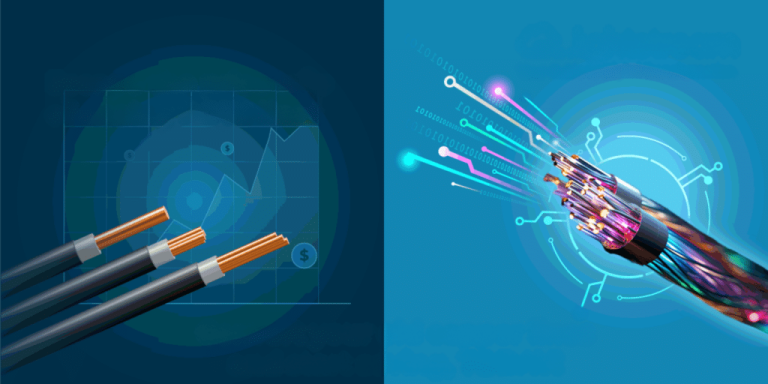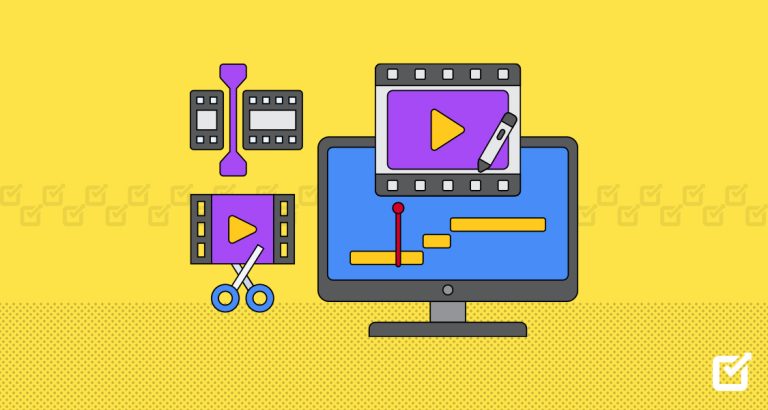Peeping Into the Ecommerce Tech Stack Selection
Selecting the right technology stack is crucial for success. Your tech stack can significantly impact your website’s performance, security, and user experience. Let’s dive into the essentials of the ecommerce tech stack and how to choose the best one for your business.
Understanding the Ecommerce Tech Stack
An ecommerce tech stack is a combination of technologies used to build and run an online store. It includes everything from front-end frameworks to back-end servers and databases.
Components of a Tech Stack
A comprehensive tech stack typically comprises front-end technologies, back-end frameworks, database management systems, payment gateways, content management systems, hosting solutions, security measures, and third-party integrations.
Front-End Technologies
Popular Front-End Frameworks
Front-end frameworks like React, Angular, and Vue.js are popular choices for building responsive and interactive user interfaces. These frameworks enhance the user experience by providing a seamless browsing experience.
Importance of User Experience
A well-designed front end ensures that customers have an enjoyable and hassle-free shopping experience, which is crucial for reducing bounce rates and increasing conversions.
Back-End Technologies
Common Back-End Frameworks
Back-end frameworks like Node.js, Django, and Ruby on Rails handle server-side logic, database interactions, and application performance. These frameworks ensure that your ecommerce site runs smoothly and efficiently.
Role of Server-Side Processing
Server-side processing is essential for handling user requests, processing payments, and managing inventory in real time. It forms the backbone of your ecommerce operations.
Database Management Systems
SQL vs. NoSQL
Choosing between SQL and NoSQL databases depends on your specific needs. SQL databases like MySQL and PostgreSQL are great for structured data, while NoSQL options like MongoDB and Cassandra are better for handling large volumes of unstructured data.
Choosing the Right Database
The right database ensures fast data retrieval and storage, which is critical for maintaining a responsive ecommerce site.
Payment Gateways
Popular Payment Gateway Options
Integrating reliable payment gateways like PayPal, Stripe, and Square is essential for facilitating secure and seamless transactions.
Security Considerations
Payment gateways must comply with PCI-DSS standards to protect sensitive financial information and ensure customer trust.
Content Management Systems (CMS)
Benefits of Using a CMS
A CMS like WordPress, Magento, or Shopify allows for easy content updates, product management, and scalability without extensive technical knowledge.
Popular CMS Options
WordPress is highly customizable, Magento is powerful for large-scale ecommerce, and Shopify is user-friendly and great for smaller businesses.
Hosting and Cloud Services
Importance of Reliable Hosting
Reliable hosting ensures your site is always available to customers, reducing downtime and potential revenue loss.
Popular Cloud Service Providers
Amazon Web Services (AWS), Google Cloud Platform (GCP), and Microsoft Azure are popular choices for scalable and reliable hosting solutions.
Security Measures
Essential Security Practices
Implementing SSL certificates, two-factor authentication, and regular security audits are essential practices for protecting your ecommerce site.
Tools for Enhancing Security
Security tools like firewalls, anti-malware software, and security plugins can help safeguard your site from cyber threats.
Scalability Considerations
Importance of Scalability in Ecommerce
As your business grows, your tech stack must be able to handle increased traffic and transactions without compromising performance.
Tools and Techniques for Scalability
Using load balancers, caching mechanisms, and scalable databases ensures your site can grow alongside your business.
Integrating Third-Party Services
Common Third-Party Integrations
Integrations with services like email marketing tools, CRM systems, and analytics platforms can enhance your ecommerce operations.
Benefits of Integration
Integrating third-party services can streamline processes, improve customer engagement, and provide valuable insights.
Performance Optimization
Tools for Performance Monitoring
Tools like Google Analytics, New Relic, and GTmetrix help monitor your site’s performance and identify areas for improvement.
Best Practices for Optimization
Optimizing images, minimizing HTTP requests, and using content delivery networks (CDNs) are best practices for improving site speed and performance.
Choosing the Best Tech Stack for Ecommerce
Factors to Consider
Consider factors such as business size, budget, scalability needs, and technical expertise when choosing your tech stack.
Examples of Successful Ecommerce Tech Stacks
Companies like Amazon, eBay, and Shopify have successfully leveraged robust tech stacks to support their massive ecommerce operations.
Role of a Software Development Company
Benefits of Professional Assistance
Partnering with a software development company can provide expertise and experience, ensuring you choose and implement the right tech stack effectively.
Finding the Right Development Partner
Look for a company with a proven track record in ecommerce development and a deep understanding of various tech stacks.
Future Trends in Ecommerce Technology
Emerging Technologies
Technologies like augmented reality (AR), virtual reality (VR), and blockchain are poised to transform the ecommerce landscape.
Predictions for the Future
The future of ecommerce will likely see increased personalization, faster delivery options, and more advanced security measures.
Conclusion
Choosing the right ecommerce tech stack is crucial for building a successful online store. By understanding the components, benefits, and best practices, you can make informed decisions that will enhance your site’s performance, security, and user experience. Modern technology, along with professional assistance from a software development company, can ensure your ecommerce business thrives in a competitive market.
Frequently Asked Questions
1. What is an ecommerce tech stack?
An ecommerce tech stack is a combination of technologies used to build and run an online store, including front-end frameworks, back-end servers, databases, and more.
2. How do you choose the best tech stack for ecommerce?
Choosing the best tech stack involves considering factors like business size, budget, scalability needs, and available technical expertise.
3. Why is scalability important in an ecommerce tech stack?
Scalability ensures that your ecommerce site can handle increased traffic and transactions as your business grows without compromising performance.
4. What role do security measures play in ecommerce?
Security measures protect sensitive customer data and financial information, ensuring compliance with standards and building customer trust.
5. How can a software development company help with tech stack selection?
A software development company provides the expertise and experience needed to choose and implement the right tech stack, ensuring effective and efficient ecommerce operations.







